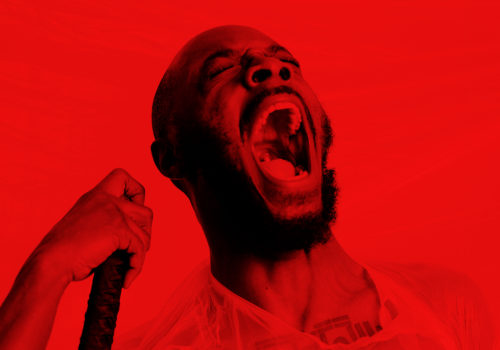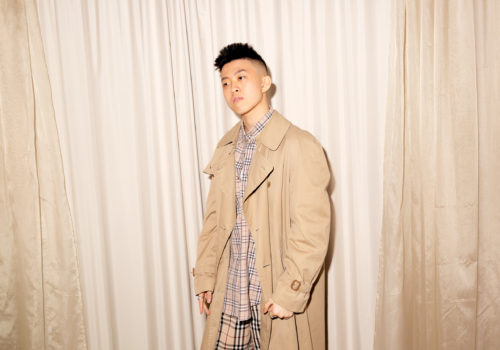ilk is the slow fashion brand changing Irish menswear





Photography by Myles Shelly
Words: George Voronov
Imagery courtesy of ilk
Launching their premium slow-fashion brand at the start of a global pandemic, Irish newcomers ilk had a lot cut out for them. What caught our eye from the very start was the cohesion of their vision. Coming out of the gate with confident messaging and a quality product, our interest was piqued. After seeing their inspiring collaborations with Irish creatives over the last few months, we knew that we had to find out more.
At District we are always heartened to see Irish creatives refusing to be second-rate and ilk are the perfect example of this mentality. The benchmark they’re aiming for is that of a world-class contemporary fashion brand. Having weathered the turbulent times of their first few months we were eager to catch up with the team to find out more about their vision for the future.
District: The whole process of starting a fashion brand during the onset of a global pandemic, can you talk me through how crazy that must have been?
Killian: So we had just finished the work on our studio space. It was important to get a base for all of us. At one point there was like seven or eight of us in there every day between Grandson (ilk’s sister company, a graphic design studio) and ilk. We officially launched on Valentine’s Day. We had an event in Dublin City Centre and we were to be going into retail at the end of March. And then…. we all broke on the 12th March and we haven’t been back since.
It’s been mental but I think there’s people in worse situations than us. At the end of the day it’s not the end of the world that we’ve all been working in safe environments and we’ve been communicating the whole time. As a brand it’s not ideal definitely but it’s not the end of the world, we’re still surviving. Hopefully this shit goes away and we can judge it next year properly.




I’m always curious about how people decide to take on ambitious creative ventures. What was the moment that you decided that this is what you wanted to do?
Killian: We had an interest in it for years. When we started off, there was a synergy between the idea of combining the design studio with a fashion house and the potential within that. We started to dissect that there are no Irish brands doing this and we were trying to do something more global. Siranee came on board then and it was us learning about the fashion industry while having her working in tandem with us. We were working on building the brand, designing the clothing itself, and researching all at the same time. The momentum was crazy.


Killian, you’ve had a big interest in fashion and Siranee, you’re obviously a fashion designer, I’m interested in how all of you came together with your own discrete influences and how they manifested themselves in ilk.
Siranee: When I was introduced to the brand it was only just being conceived but what I found really inspiring was the concept. “ilk” means tribe, family, and community and I thought that was such a global theme. Everyone experiences that in some way, shape or form. And I thought, ‘wow, to get the opportunity to dress a community of like-minded people would be amazing.’
What was great was that we were all very honest about what we could bring to the table. What our strengths were and our weaknesses. I think what was gorgeous was that it really became a collaborative process. My particular design challenge was to find a balance between both Jamie and Killian’s vision but also to allow my own voice to shine through.
Can you elaborate on what those different visions were?
Siranee: With the latest collection in particular, which is yet to be released, the influence from Killian that I took was Subway art from 1980s New York. Then Jamie was showing me books on Basquiat and Keith Haring, kind of the creative tribes of New York, so I combined those references and went from there.
As we started looking through subway art, Siranee was like ‘here’s our link to this idea of a global tribe’. Graffiti culture is this thing that started in New York but it had mass appeal across the world.
Killian, ilk
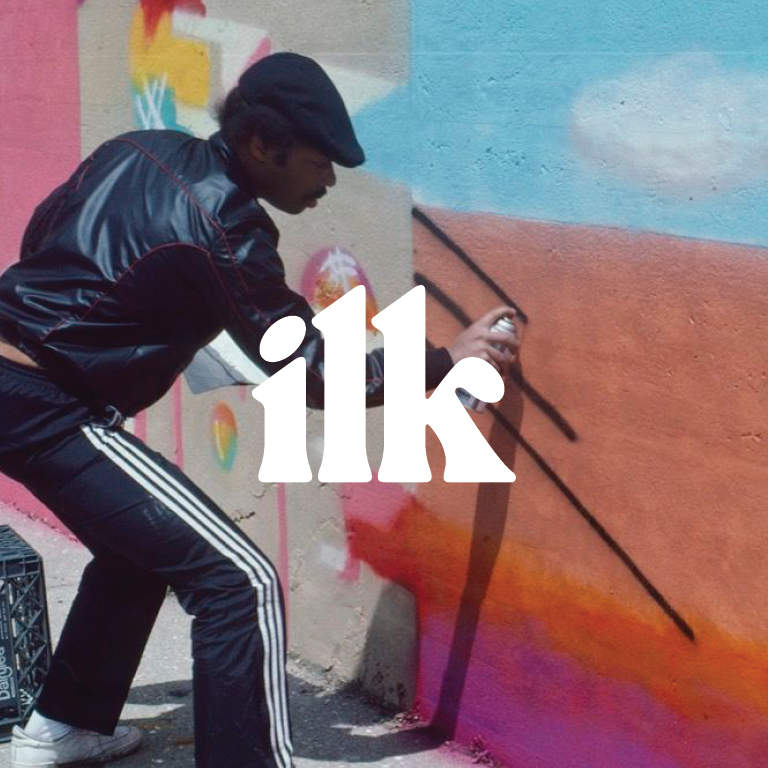

I want to elaborate on that reference to the 1980s/1990s New York art world. What is your connection to that culture and why did you want to bring it into fashion and into an Irish brand?
Killian: I suppose it’s partly the streetwear thing. The background to Siranee drawing on the subway art stuff is that I would have done graffiti for years. I started using images from subway art as covers for weekly mixes that we were doing through ilk. As we started looking through subway art, Siranee was like ‘here’s our link to this idea of a global tribe’. Graffiti culture is this thing that started in New York but it had mass appeal across the world.
It seems like there are two poles, the more streetwear-influenced New York side of things and then a cleaner Nordic or even a Japanese thing on the other side.
Siranee: I think for me, my process is that I really like to start with the fabric and not many designers do. I think they like to go from shape and silhouette at first. But I think the fabric is so important. Especially because you can allow it to guide you. Certain fabrics lend themselves more to certain shapes and techniques. So for us, we source a lot of our fabric from Japan and myself, being of Irish-Asian heritage, I was aware that a lot of the shapes in Japan and in the East are much looser. They tend to be more fluid and soft. I definitely wanted to bring a little more of that simplicity through the fabric and through the collection.
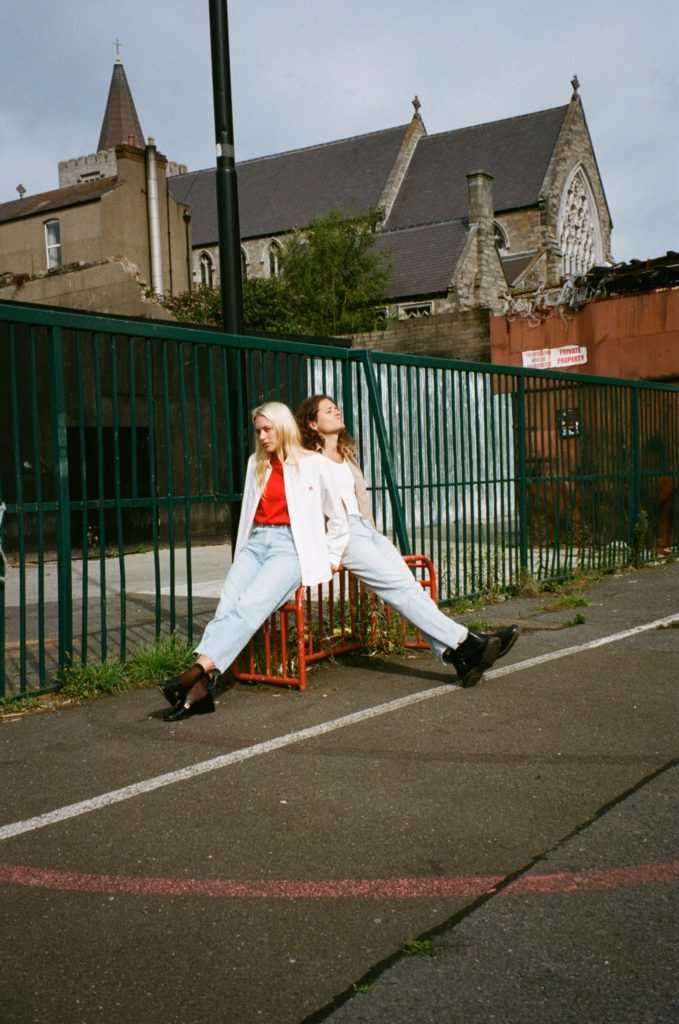

It’s not the Gildan vibe of screen-printing a hundred t-shirts or whatever. We’re trying to build up each piece slowly and each piece takes a considerable amount of time. Everything from the wash label to how it shrinks.
Killian, ilk
Something that sticks out to me is that with e-commerce, people buy products all the time that might look cool on a website but then they show up and they feel like trash. As soon as you put them on you don’t feel that tactile response that you should. Other times, you might think something is pricey but when it shows up and you actually feel the weight of the fabric and you think “oh, I get it now”.
Siranee: It’s heartbreaking.
Killian: This is actually what we’re going through at the minute. We’re trying to capture all these things but we’re missing out on that tactile response to the clothes because we’re not in retail as a result of what’s happening. It’s so hard to get across. There’s only so many crumpled up detail shots you can take of cotton to try capture its weight and density.
The response we’ve gotten to the Flock t-shirt is that everyone who has tried one has said that they’ve never worn a t-shirt like it.
Killian, ilk
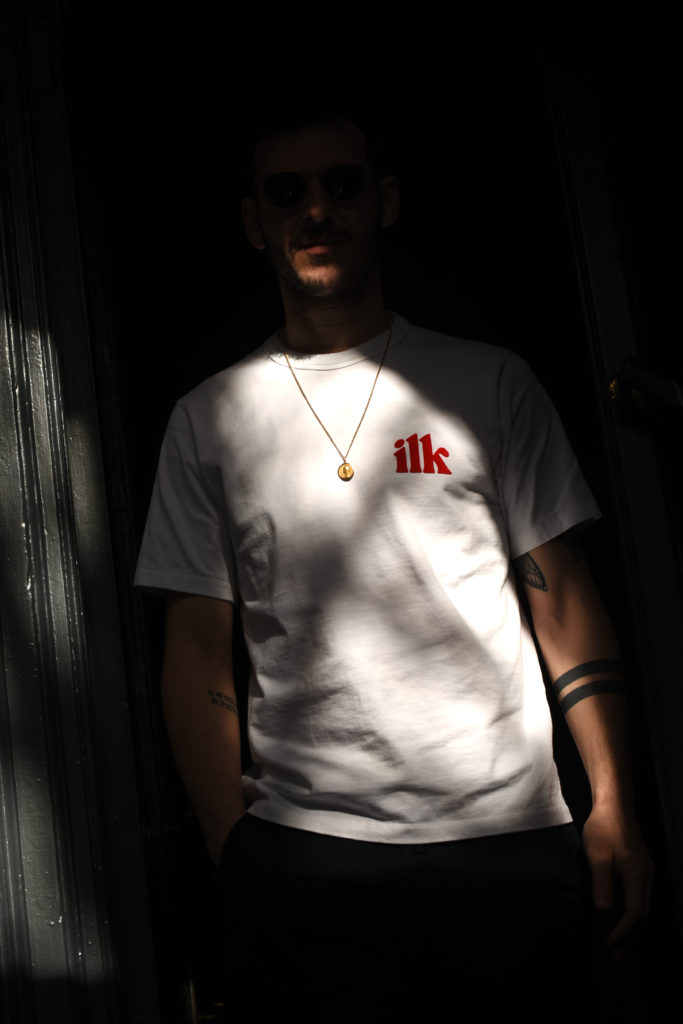

The response we’ve gotten to the flock t-shirt is that everyone who has tried one has said that they’ve never worn a t-shirt like it. We’ve spent loads of time figuring out things like the packaging being biodegradable and recyclable. The inks that we’re using are also. All that thought goes into the sixty quid t-shirt that lands on your table. It’s about the amount of time spent developing each of these products. We’re not taking off the shelf items and rebranding them. It’s not the Gildan vibe of screen-printing a hundred t-shirts or whatever. We’re trying to build up each piece slowly and each piece takes a considerable amount of time. Everything from the wash label to how it shrinks. We’re never going to be producing massive volumes but that allows us to hand-select the best materials.
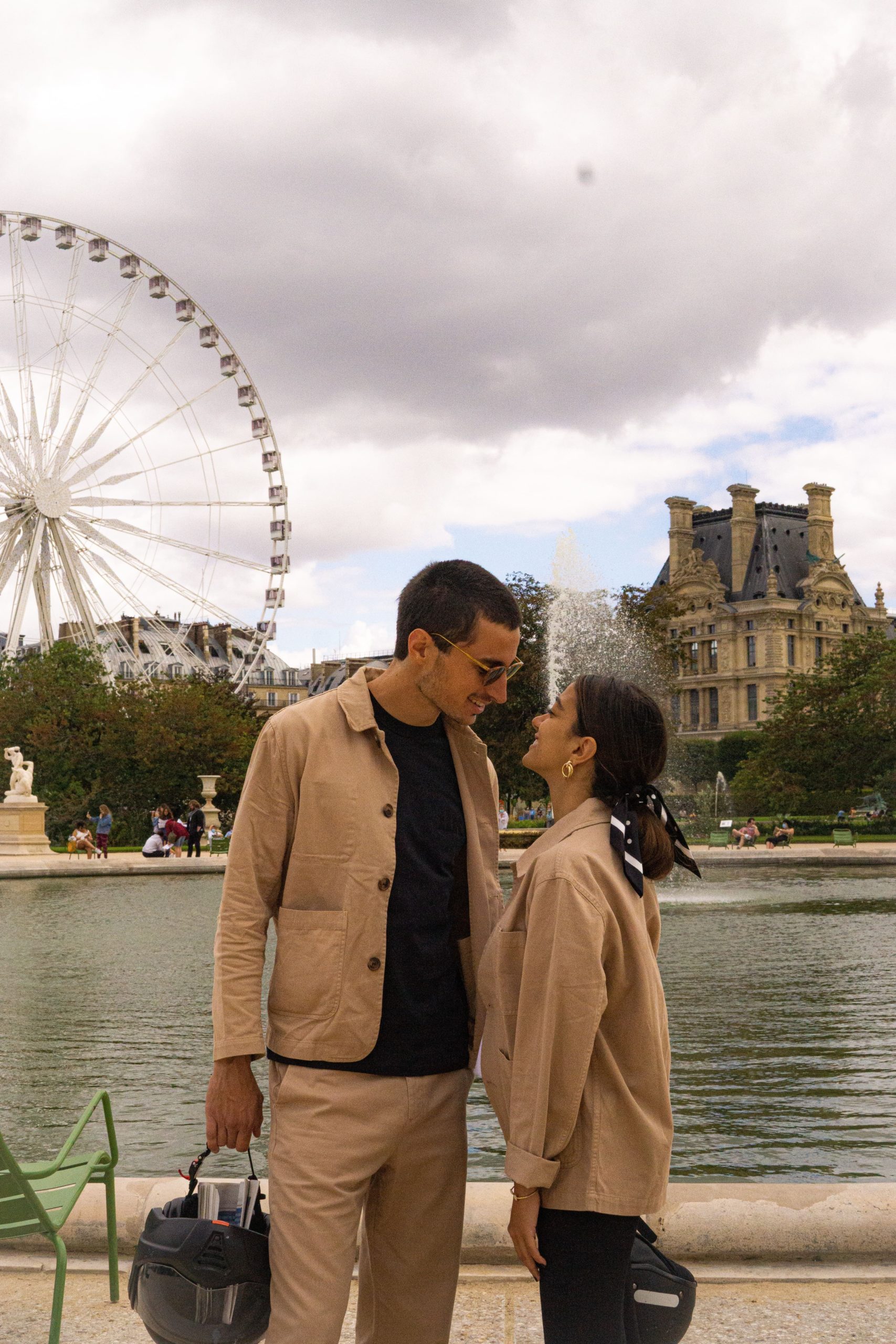



Workwear influenced fashion is becoming such a mainstay of worldwide fashion right now. Everything from Norse Projects to Universal Works to even COS and high street brands are adapting that aesthetic. For a brand that’s trying to succeed in that space, what is it about ilk that makes it unique? Why is the ilk work jacket the one that you should have in your wardrobe?
Siranee: When the industry is being called out for so many things, being a smaller brand that chooses to produce slowly and with intention, honouring each stage of the process, is kind of a revolution. ilk really focuses on the quality of fabric and design detailing. Those things can really reinforce the longevity of a garment. That’s ilk’s philosophy, longevity through quality. The intention is to design strong pieces that become wardrobe staples for many years to come.
When the industry is being called out for so many things, being a smaller brand that chooses to produce slowly and with intention, honouring each stage of the process, is kind of a revolution.
Siranee, ilk
Killian: The Jocelyn jacket is actually a good example. With the Jocelyn it was a case of wanting it to be worn as a type of suit. You can wear it with a t-shirt or dress it up with a shirt. If you’re working from home, you’re technically wearing a suit. It’s just a really comfortable, supple thing. The jacket fits great and there’s added design-detailing like hidden pockets. We want it to be your staple go-to piece.
Indigo and Cloth and the Bureau are the two shops that are catering to the types of brands that you guys are inspired by. Not to be confrontational, but if there are only two shops on the island does that point to the fact that there actually isn’t much of a demand for slow fashion? Or do you think that demand exists and it just isn’t being served?
Killian: It’s a bit of both to be honest. Those stores are recognised worldwide. They’re as good as a Kinfolk or a Maison Kitsuné. We’re still trying to suss out whether there is an appetite for it. I think there is. We have so many exports from architects, to designers, to poets that are world famous and I think there’s room in there for a clothing brand.
Siranee: I hope that as a result of this time in which the world is questioning everything there will be an added sense of consciousness; particularly around the idea of consumption and what we’re buying. I really hope that not just the Irish market but everyone stops and thinks “ok, where did this piece come from? How many hands has this gone through? How many people have worked on this garment? There’s so much to one garment. There’s the buttons, the fabric, the thread. If people were to learn more about that, they would learn not to feel uncomfortable about paying a lot more money for a piece.
You worked with Myles Shelly and you did The Couples Series. How important is it for you to interact with a wider creative culture. What are your plans for that going forward?
Killian: We wanted to use the brand as a platform for collaboration. You know, Universal Works do that really well for example. They would do the uniforms or the aprons for their favourite restaurant. With the likes of Myles, you know, he’s amazing. We just gave him the product and said that there’s no brief. We told him that summer was the theme and he came back with these amazing pieces.
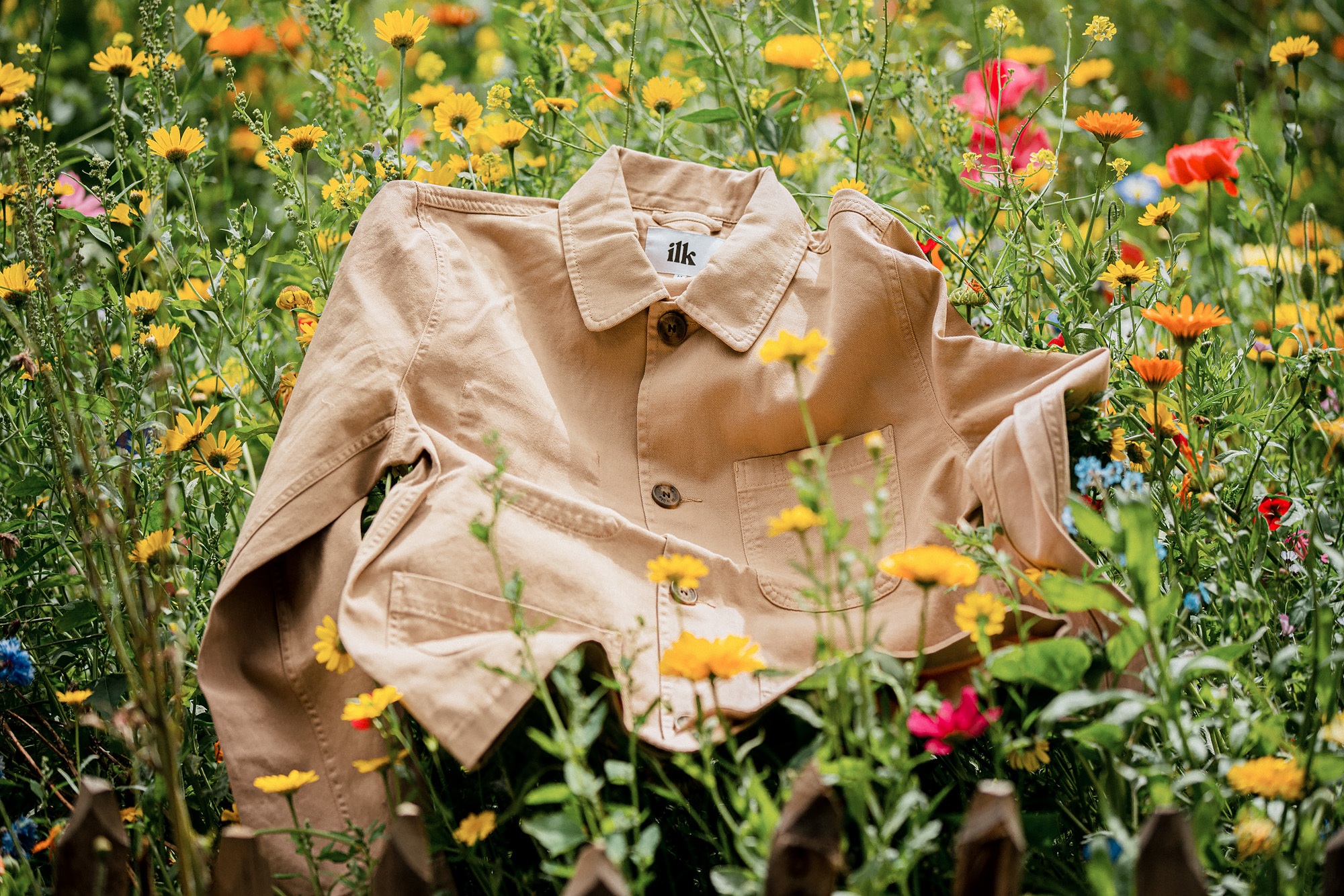

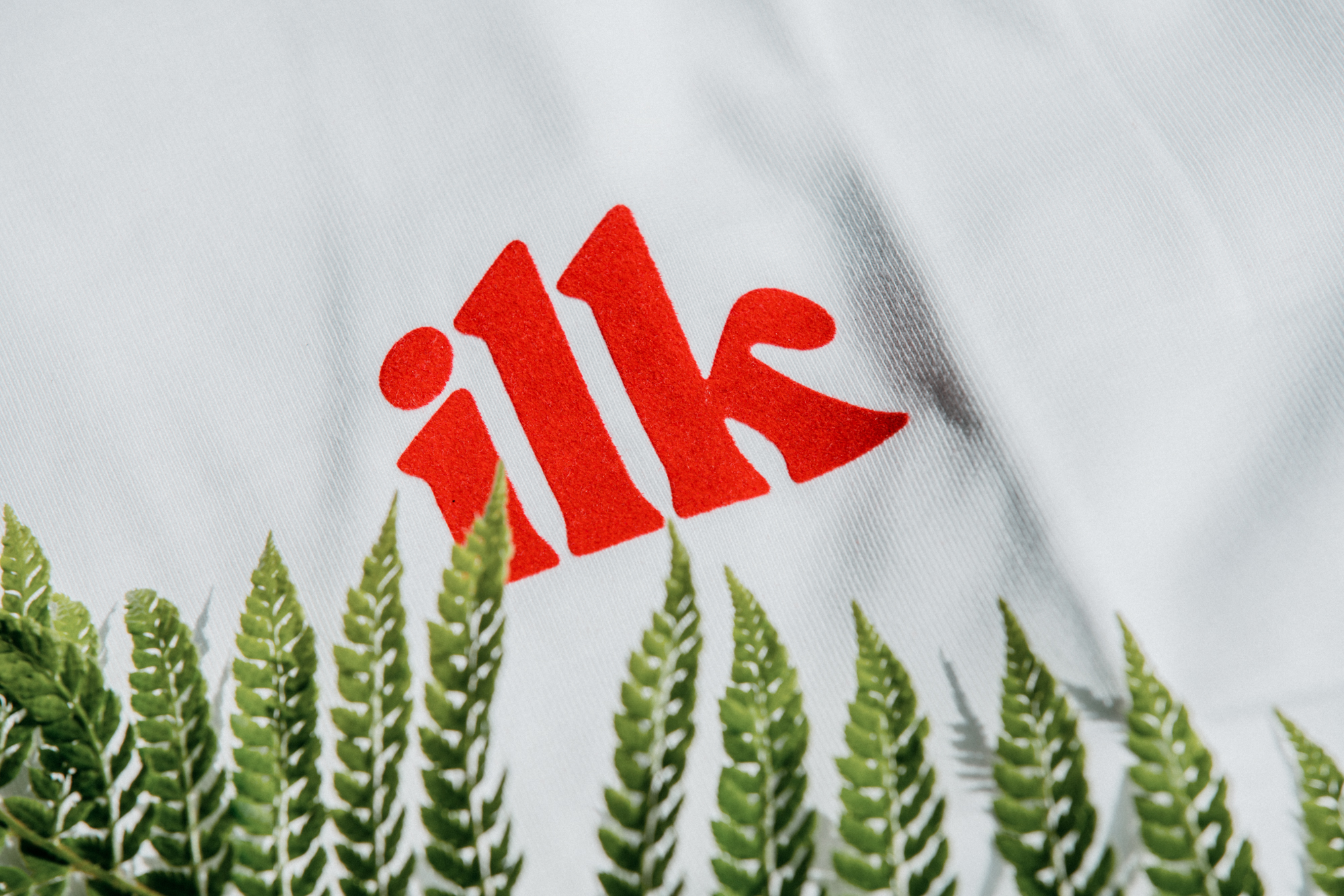

We did a thing for Covid called Business Unusual and we put out an open call for people to send in their interpretations of ilk. We got tons of submissions from embroidered letters, to screen prints, to video pieces. And the Couples Series is kind of fishing in loads of different pools. We sent out cameras to loads of different pairings of people. It could be a son and a daughter for example, and those kinds of things are important to keep the conversation going. We want to link more people in and see how they interpret the brand and inject some life and soul into it.
Siranee: It’s also about artists and designers inspiring each other. That’s what I really got out of it. It was great to create a bank of all of these amazing artists and think “wow, it would be great to collaborate with them in the future”.
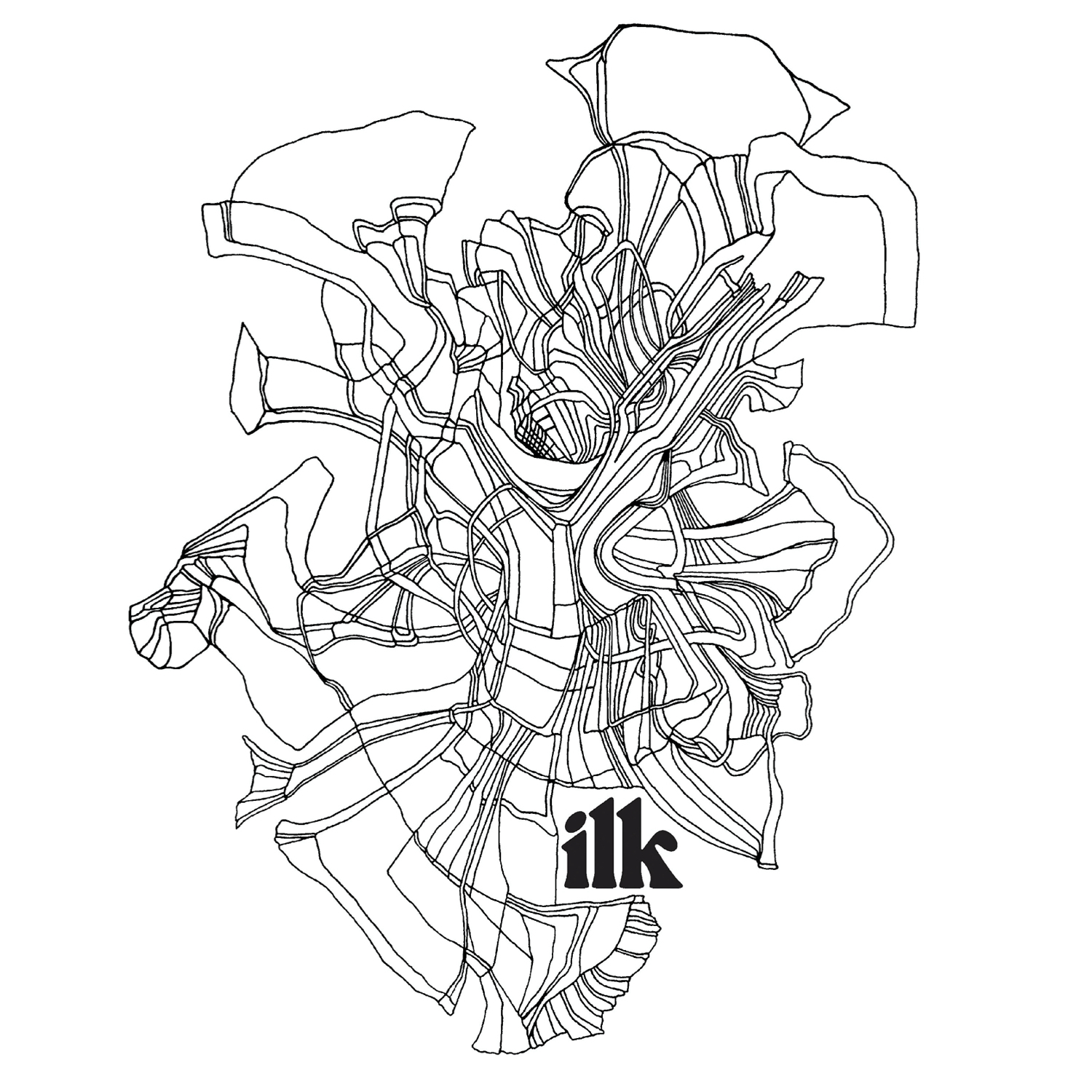

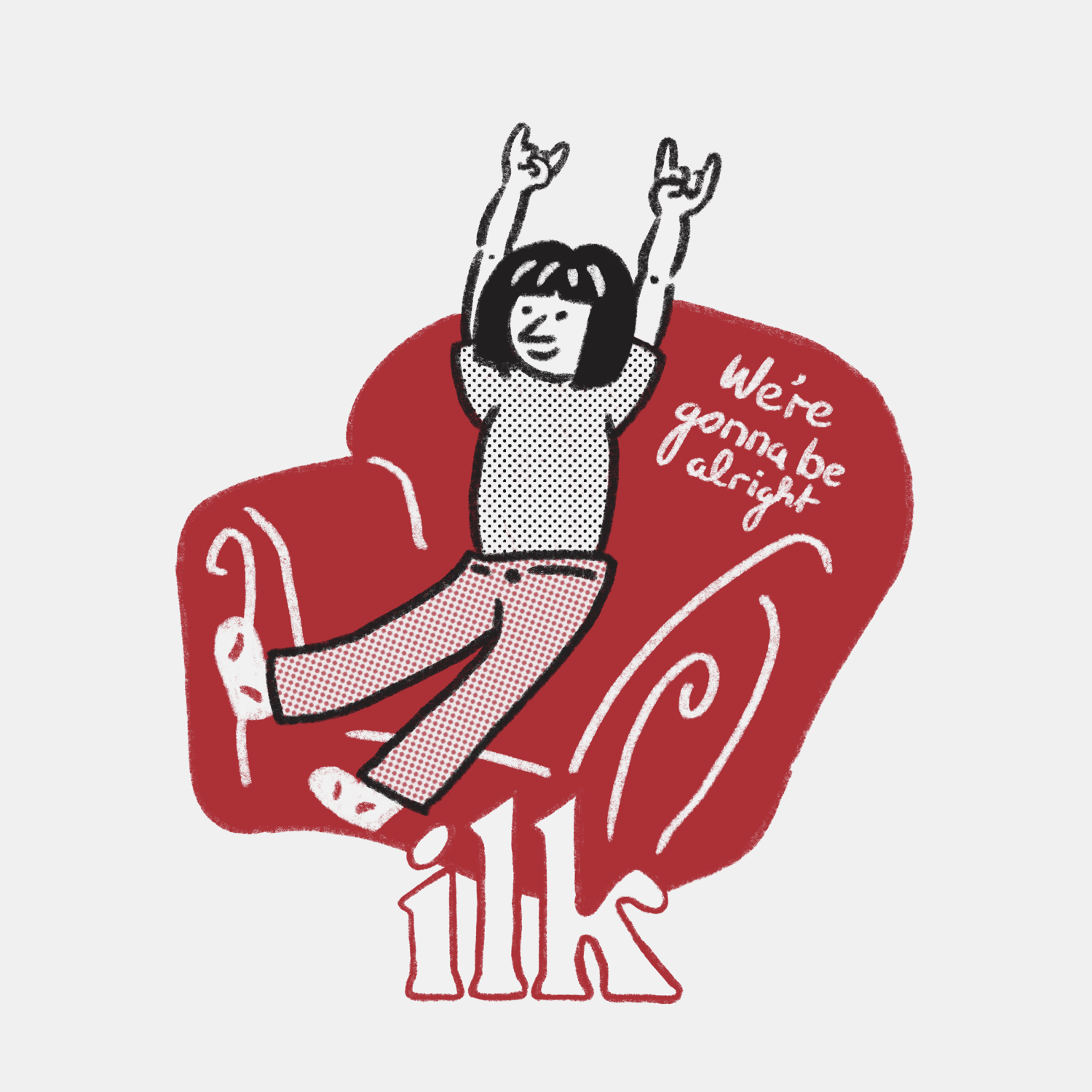

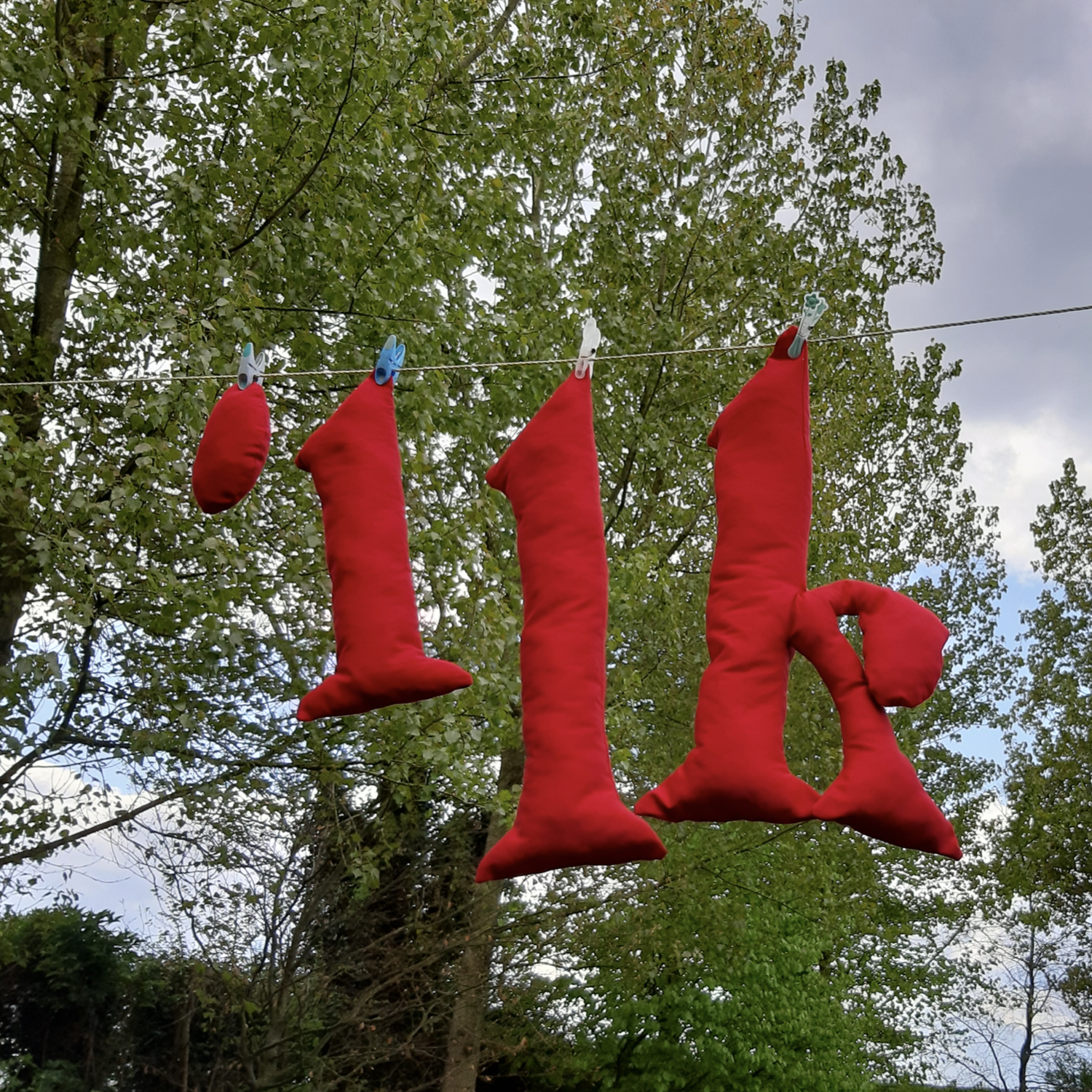

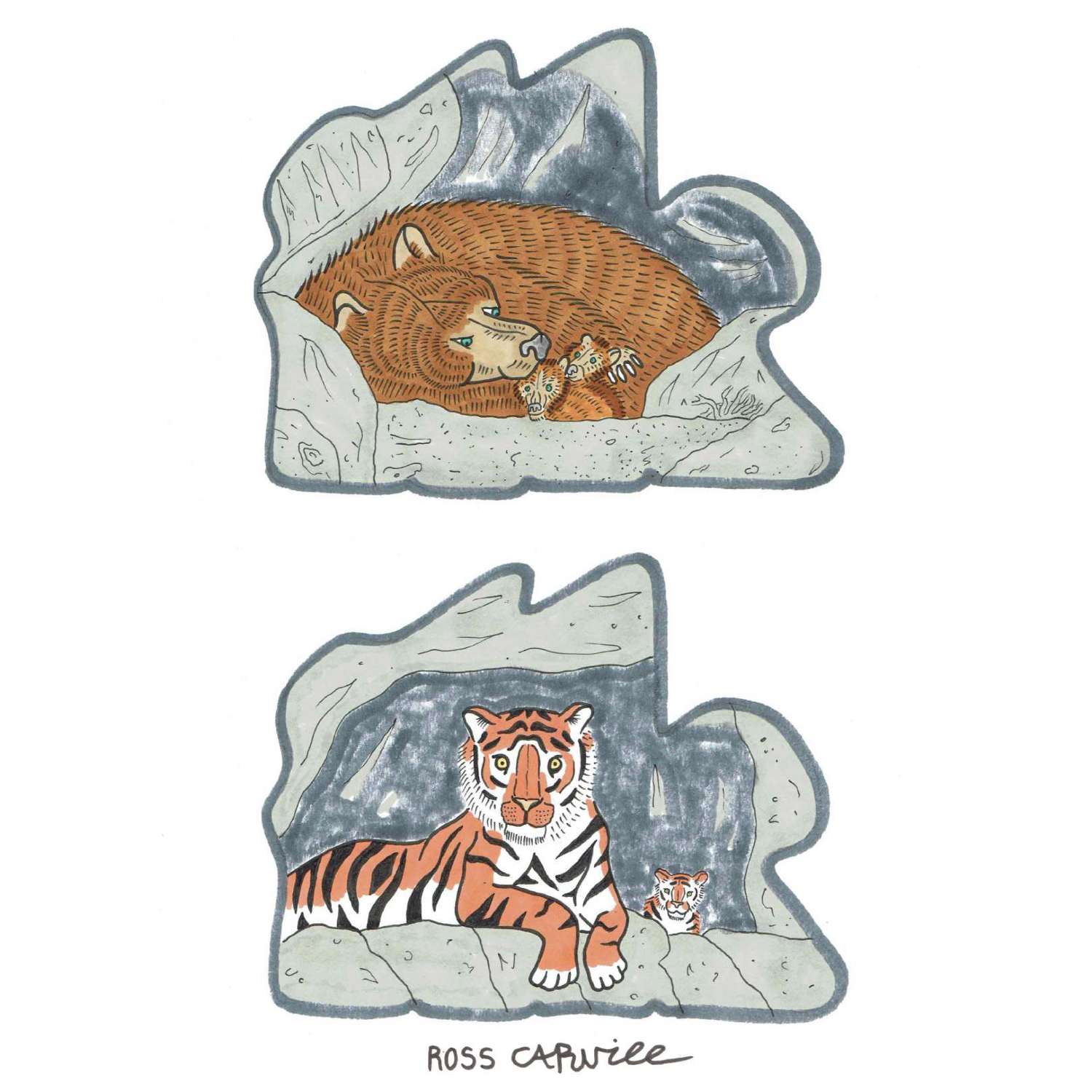

Last question: Ten years in the future. The ilk flagship store. What does it look like? What records are you playing? What does it smell like? Give me the rundown.
Killian: *Laughs* The dream. Shit. We talk about this loads. I think the deal is, you don’t want to walk in somewhere and feel like you’re being sold something. The space would be similar to Kinfolk in that it smells amazing, there’s a coffee offering or some food there. Probably playing Ethiopian jazz…
Nice.
Killian: Hahaha. We want people there. It’s not like Supreme where they’re giving you dirty looks even though you’re a customer. It’s definitely not like A.P.C cause it’s a bit snooty. It’s almost like Maison Kitsuné but our own take on it. There’s people eating food, there’s kids running around, they might buy something or they mightn’t. I’d love to use the space for gigs and exhibitions. The whole thing is about a platform for collaboration.
Talking to Killian and Siranee, I was reminded of a conversation I had with two musicians in Belfast shortly after the Brexit referendum. Speaking about the idea of identity, the two guys confessed that the idea of either being a Catholic or Protestant seemed old fashioned. Moreover, even the idea of being from Northern Ireland meant relatively little. Instead, they said that they had more in common with the versions of themselves living in Berlin or Paris or Stockholm; people with whom they shared a set of interests and ideals. Their identities had stopped being tied to nationality, they had transcended it. This international community is nothing more than a totally loose-knit group of like-minded individuals united by shared interests. It’s about listening to the same types of music, liking the same art, and approaching the world from a creative point of view. I asked Killian and Siranee if that’s the sort of community they were imagining when they came up with their vision for ilk. Siranee heartily agreed. ‘by being creative you create your own family, your own group of people and that’s definitely what ilk is trying to promote’. Killian clarified, ‘it’s also an inclusivity thing. It’s not meant to be cliquey. That’s built into how we approach design, it’s an open thing. If we saw someone’s granny wearing a Jocelyn, that would be amazing.’





